
Published: Last Updated:
Readtime: 17 min
The Lowdown:
After spending 2024 driving the best cars on the planet, it's time to share a true list of the top release with prices thrown out the door. Here are the best cars of the year.
Every product is carefully selected by our editors and experts. If you buy from a link, we may earn a commission. Learn more. For more information on how we test products, click here.
The products selected in this list help form Man of Many’s Top 100 Products of 2024. The comprehensive guide details the very best in Tech, Fashion, Automotive, Home & Living, Watches, Drinks and Outdoors, as chosen by our expert team of reviewers and editors.
We’ve read enough ‘Car of the Year’ lists that name regular commuter cars as the “best.” If we ask our peers to name the best cars they’ve driven this year, the answer is always some form of Porsche, Ferrari, Lamborghini, or Aston Martin. It’s a natural answer to driving a dream car, and while there are plenty of great value-for-money cars that deserve their time in the spotlight, including the Hyundai Santa Fe Hybrid, Subaru BRZ, and Toyota Prado, the sentence that always follows these cars is “for the price,” and quite frankly, when we’re talking about the best, that shouldn’t be the case.
Like you, when we were ten years old and wanted to get excited about the best cars on the planet, we weren’t thinking about how we could make the finances work. We were thinking about screaming V12s, gorgeous designs, and cutting-edge technology. So, considering we’ve driven the best cars on the planet this year, it’s time to share a true list of the best with prices thrown out the door. Let’s get stuck in!
Best Cars of the Year at a Glance
Highlights from our list include the following options:
- Best overall: Porsche 911 GT3 RS
- For an SUV: Aston Martin DBX707
- For an EV: Hyundai IONIQ 5 N
- For a ute: BYD Shark 6
- For value-for-money: Hyundai SANTA FE Hybrid
Now you’ve read the top choices, let’s check out the complete list.
RELATED: These are the top 100 products of the year, according to us.
Best Overall – Porsche 911 GT3 RS
Price: Starting from $537,600 AUD before on-road costs.
The Porsche 911 GT3 RS is the best car that money can buy (if you can get an allocation). We’ve spent hours behind the wheel of the 992 GT3 and the 718 GT4 RS, but the GT3 RS is in a league of its own and is the true definition of a road-legal racecar you can drive every day. There are more comfortable cars, faster cars in a straight line, and more expensive options, but none of this matters because they aren’t a GT3 RS, they haven’t set a 6:49.328 lap time at the Nürburgring Nordschleife, and they don’t have the same occasion when you jump behind the wheel.
It’s a surgeon through corners, the 4.0-litre flat-six and the PDK gearbox are a match made in heaven, and the sound is instrumental as it screams to 9,000 rpm. Then, when you put the car into track mode and set the adjustable dampers to their softest setting with front and rear compression and rebound at (-4) you have a track weapon with the bumpy road compliance of a 911 Carrera GTS. It’s the most impressive car we’ve driven this year, and it had an exceptionally high bar to climb.
Here are the key specifications of the Porsche 911 GT3 RS:
- Engine: 4.0-litre naturally aspirated flat-six producing 525 PS (386 kW) at 8,500 rpm.
- Torque: 465 Nm at 6,300 rpm.
- Acceleration: 0-100 km/h in 3.2 seconds
- Top speed: 296 km/h
- Transmission: 7-speed dual-clutch automatic (PDK)
- Weight: Unladen weight of 1,450 kg
Best EV – Hyundai IONIQ 5 N
Price: Starting from $111,000 AUD before on-road costs.
Hyundai put the industry on notice with the release of the IONIQ 5 N, and while it hasn’t proven to be a huge sales success, largely because of its $111,000 AUD price tag, that doesn’t mean it isn’t the best EV on the market. Sure, the new Porsche Macan might have something to say about that, but the Hyundai has a trick up its sleeves that no traditional sportscar players can muster – a simulated paddle shift gearbox.
It’s the only EV on the market that can convince a room of motoring journalists that electric vehicles might be the future, and even if they’re not, at least the very least, they can be fun.
The idea of a simulated gearbox sounds like a gimmick, and it would be if it didn’t work so well. It’s identical to the DCT gearbox you might find in an i30N. It will bounce off the ‘rev limiter’ if you don’t select the next gear, it engine brakes when you downshift into a corner, and if you pull both gear shifters in together it will initiate a clutch kick and you can drift the car because of it’s switchable AWD system. This is not just the most fun you can have in an EV, but it’s some of the most fun you can have in a car full-stop.
Here are the key specifications of the Hyundai IONIQ 5 N:
- Power output: Dual electric motors producing up to 478 kW (650 PS) with N Grin Boost
- Torque: Up to 770 Nm with N Grin Boost
- Acceleration: 0-100 km/h in 3.4 seconds with N Grin Boost
- Top speed: 260 km/h
- Transmission: Single-speed reduction gear
- Weight: Approximately 2,235 kg
Best SUV – Aston Martin DBX707
Price: Starting from approximately $428,400 AUD before on-road costs.
One of the best SUVs on the market because of its twin-turbo V8 and Saville Row-like upholstery, the only thing Aston Martin had to do with the facelift DBX was update the technology on the inside. Well, for MY25, they did, and we were the first in Australia to drive this new model.
It’s still a brutish SUV as the AMG-sourced 520 kW twin-turbo V8 is retained with all its turbo lag (it doesn’t make peak power until 6,000 rpm). However, the steering and suspension are slightly retuned for a wider spread between comfort and performance, and the resulting ride quality is amongst the best on any SUV next to Rolls-Royce. Combine that with actual modern infotainment pinched from the DB12 and you have the best SUV we’ve driven this year bar none.
Here are the key specifications of the 2025 Aston Martin DBX707:
- Engine: 4.0-litre twin-turbocharged V8 producing 707 PS (520 kW) at 6,000 rpm
- Torque: 900 Nm at 2,750–4,500 rpm
- Acceleration: 0–100 km/h in 3.3 seconds
- Top Speed: 310 km/h
- Transmission: 9-speed automatic with a multi-plate wet clutch
- Weight: Approximately 2,245 kg
Best Ute – BYD Shark 6
Price: Starting from $57,900 AUD before on-road costs.
The BYD Shark 6 is the most impressive ute we’ve driven this year largely because it’s not really a ute at all. It has a ladder frame chassis and a tub on the back that you can put things in, but that’s about the extent to which it shares features with other highly compromised dual-cab utes.
That’s not to say that it’s not compromised in other areas, and because of the independent rear suspension, it has a lower-than-average 790kg payload and only a 2.5-tonne towing capacity. However, these compromises benefit the Shark 6 in other ways. The platform is shared with an SUV called the Bao 5 in China, it drives more like an SUV and is more comfortable to live with every day, and the highly technical hybrid electric system underneath means that it’s more powerful than most dual-cabs while being substantially more economical. If you’re not towing 3.5 tonnes every week, not carrying around half a tonne of weight in the back, and if you don’t plan on touring around the country regularly, this is the best ute on the market to live with every day.
Here are the key specifications of the BYD Shark 6:
- Engine: 1.5-litre turbocharged four-cylinder petrol producing 135 kW (184 PS) and 260 Nm
- Electric motors: 170 kW (231 PS) and 310 Nm (front), 150 kW (204 PS) and 340 Nm (rear)
- Combined power output: 321 kW (436 PS) and 650 Nm of torque
- Acceleration: 0–100 km/h in 5.7 seconds
- Top Speed: Not specified
- Transmission: E-CVT (Electronic Continuously Variable Transmission)
- Weight: Kerb weight of 2,710 kg
Best Value for Money – Hyundai SANTA FE Hybrid
Price: Starting from $55,500 AUD before on-road costs.
It makes sense that so many supercars and half-a-million-dollar SUVs dominate our list of the best cars of 2024. However, there’s a car that surprises us every year for its value-for-money proposition, and this year that crown goes to the new Hyundai SANTA FE Hybrid.
During our usual week of testing, the 2-tonne hybrid SUV managed a fuel consumption of around 6.6 litres per 100km, which is outstanding for a vehicle this large. It all comes down to the sophisticated hybrid system that combines a 1.6-litre turbocharged four-cylinder petrol engine producing 132kW with a 44.2kW electric motor, resulting in a total system output of 172kW. Not only is this more than enough power for a vehicle like this, but the torque of the electric motor means that it’s effortless to drive.
The cabin is luxurious, not in a ‘for the money’ sort of way, but in a way that it feels as well appointed as an entry-level BMW. Even the suspension is well-tuned and perfectly damped, and while there’s a bit of body roll through corners the trade-off is worth it for the everyday comfort. If you’re looking for a new family car and the Aston Martin DBX707 isn’t on the shopping list, check out a Hyundai SANTA FE Hybrid.
Here are the key specifications of the Tesla Model 3 Performance:
- Power output: 1.6-litre turbocharged four-cylinder petrol w/ electric motor is 172kW.
- Torque: 367Nm between 1000 and 4100 rpm.
- Acceleration: 0–100 km/h in 9.5 seconds
- Top speed: 190 km/h
- Transmission: 6-speed automatic transmission
- Weight: Approximately 1,951 kg
Best for Desirability – Ferrari 12Cilindri
Price: from AUD$803,500 for the Coupe, AUD$886,800 for the Spider before on-road costs.
When Ferrari adds another screaming V12 to its roster, it’s automatically entered as the most desirable car on our year-end list. The brand’s latest release is the Ferrari 12Cilindri, which sticks a 6.5-litre naturally aspirated V12 with 819 horsepower (611 kW) at the front, a driver in the middle, and a 9,500 rpm redline on the dashboard for your eyes and ears to appreciate. It’s a simple recipe, but it’s the most desirable combination for Ferrari owners and fans who line up to buy these things in droves.
The only trouble for them is like the F80 hypercar that was announced this year, the 12Cilindri is an allocation-only proposition. So even though most Ferrari owners would love to fork out AUD$803,500 plus on-road costs for the Coupe or AUD$886,800 for the Spider, they’re reserved for the top clients.
Here are the key specifications of the Ferrari 12Cilindri:
- Engine: 6.5-litre naturally aspirated V12 producing 819 horsepower (611 kW) at 9,500 rpm
- Torque: Not specified
- Acceleration: 0–100 km/h in 2.85 seconds
- Top speed: Not specified
- Transmission: 8-speed dual-clutch automatic
- Weight: Not specified
Best for the Track – Chevrolet Corvette Z06
Price: Starting from $336,000 AUD before on-road costs.
We had a chance to drive the Chevrolet Corvette Z06 on the road and the track this year, and what an absolute weapon it proved to be on track. Even with a slightly neutered LT6 5.5-litre naturally aspirated V8 that produces 25kW less than the US-spec Z06 because of strict European emissions controls, it still makes 475 kW (636 PS) at 8,400 rpm, which is good for a 0-100km/h time of 3.0 seconds. That’s not even the most impressive thing because the larger Brembo carbon ceramic brakes, Michelin Cup 2 R ZP tyres, and bespoke magnetic ride control 4.0 (FE6) suspension tune fitted to the Z06 as standard are game-changers for this platform. We can hardly imagine what the twin-turbo ZR1 with more than 1,000 horsepower will be like whenever it arrives.
Here are the key specifications of the Chevrolet Corvette Z06:
- Engine: 5.5-litre naturally aspirated V8 producing 475 kW (636 PS) at 8,550 rpm
- Torque: 595 Nm at 6,300 rpm
- Acceleration: 0–100 km/h in approximately 3.0 seconds
- Top speed: Not specified
- Transmission: 8-speed dual-clutch automatic
- Weight: Approximately 1670 kg
Best Offroader – Land Rover Defender OCTA
Price: Starting from $291,542 AUD before on-road costs.
The Defender Octa is what happens when you take the bonkers suspension and powerplant from the high-performance Range Rover Sport SV and shoehorn it into a Land Rover Defender chassis. The BMW-sourced 4.4-litre twin-turbocharged V8 makes 467 kW (635 PS) at 6,000 rpm and 750 Nm of torque, increasing to 800 Nm in Dynamic Launch Mode, which is more than anyone asked for in a Defender chassis. Combine that with a unique 6D Dynamic suspension system, and you have a car that’s half Dakar racer and half luxury SUV. The last of a dying breed, it also might be the final enthusiast project that the JLR SV boffins in Warwickshire get their hands on before they’re forced into EVs and smaller displacement engines due to European emissions regulations. If you have the means, now’s the time to get one.
Here are the key specifications of the Land Rover Defender OCTA:
- Engine: 4.4-litre twin-turbocharged V8 producing 467 kW (635 PS) at 6,000 rpm
- Torque: 750 Nm, increasing to 800 Nm in Dynamic Launch Mode
- Acceleration: 0–100 km/h in 4.0 seconds
- Top speed: Not specified
- Transmission: 8-speed automatic
- Weight: Not officially specified
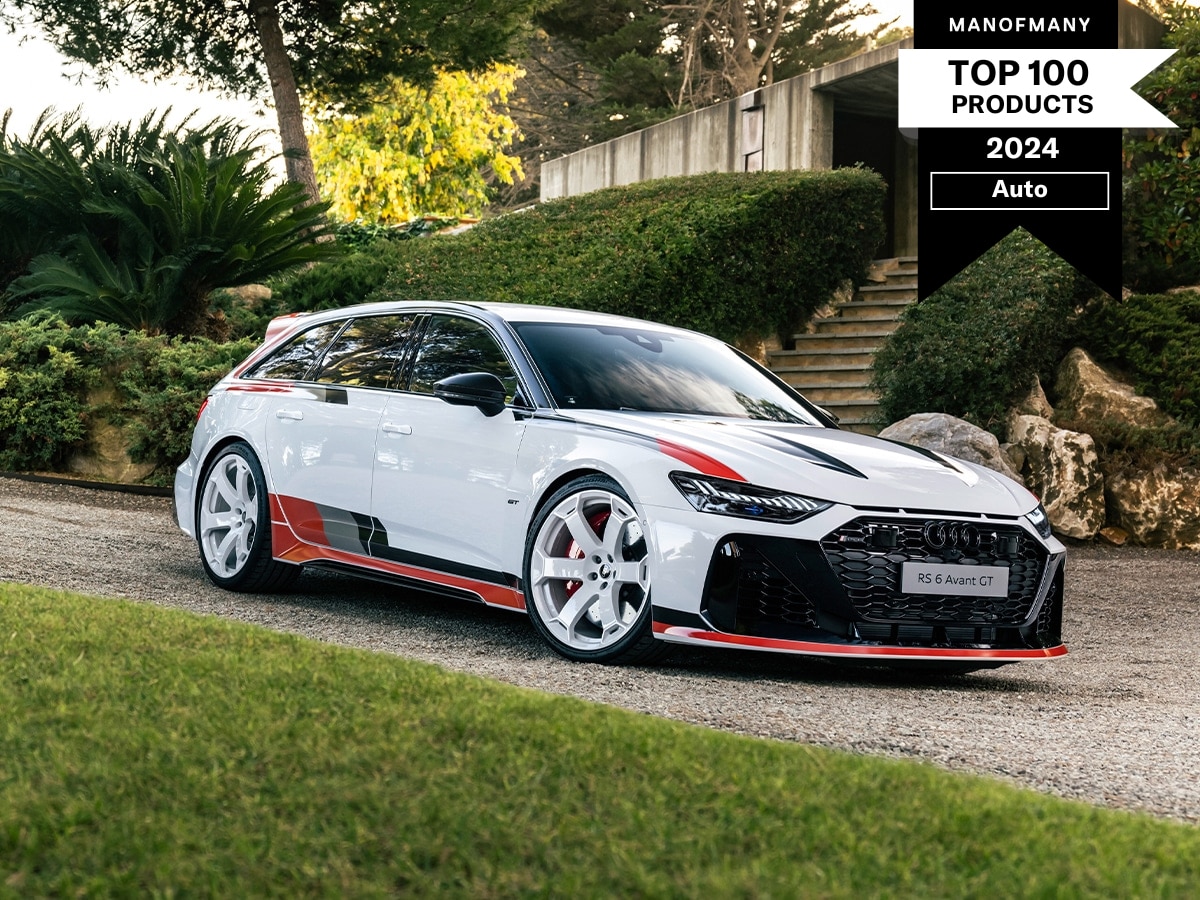
Best Wagon – Audi RS 6 Avant GT
Price: Starting from $399,000 AUD before on-road costs (sold out).
Like the Land Rover Defender OCTA, the Audi RS 6 Avant GT is the last of a dying breed. It’s likely to be the last non-hybrid Audi RS 6, and knowing such, the brand decided to charge an arm, a leg, and a kidney for the small allocation of 22 vehicles that landed in Australia. Still, with a starting price of $399,000 AUD before on-road costs, the best wagon released this year sold out a few hours after dealers contacted their top clients. The horsepower from the 4.0-litre twin-turbocharged V8 is the same at 630 PS (463 kW), but the striking livery and distinctive 22-inch white carbon-fibre wheels are not. They’re inspired by Audi’s motorsport genes, specifically the Audi 90 Quattro IMSO GTO race car from 1989.
Here are the key specifications of the Audi RS 6 Avant GT:
- Engine: 4.0-litre twin-turbocharged V8 producing 630 PS (463 kW) at 6000 rpm
- Torque: 850 Nm between 2300 and 4500 rpm
- Acceleration: 0–100 km/h in 3.3 seconds
- Top Speed: Electronically limited to 305 km/h (190 mph)
- Transmission: 8-speed automatic
- Weight: Approximately 2075 kg
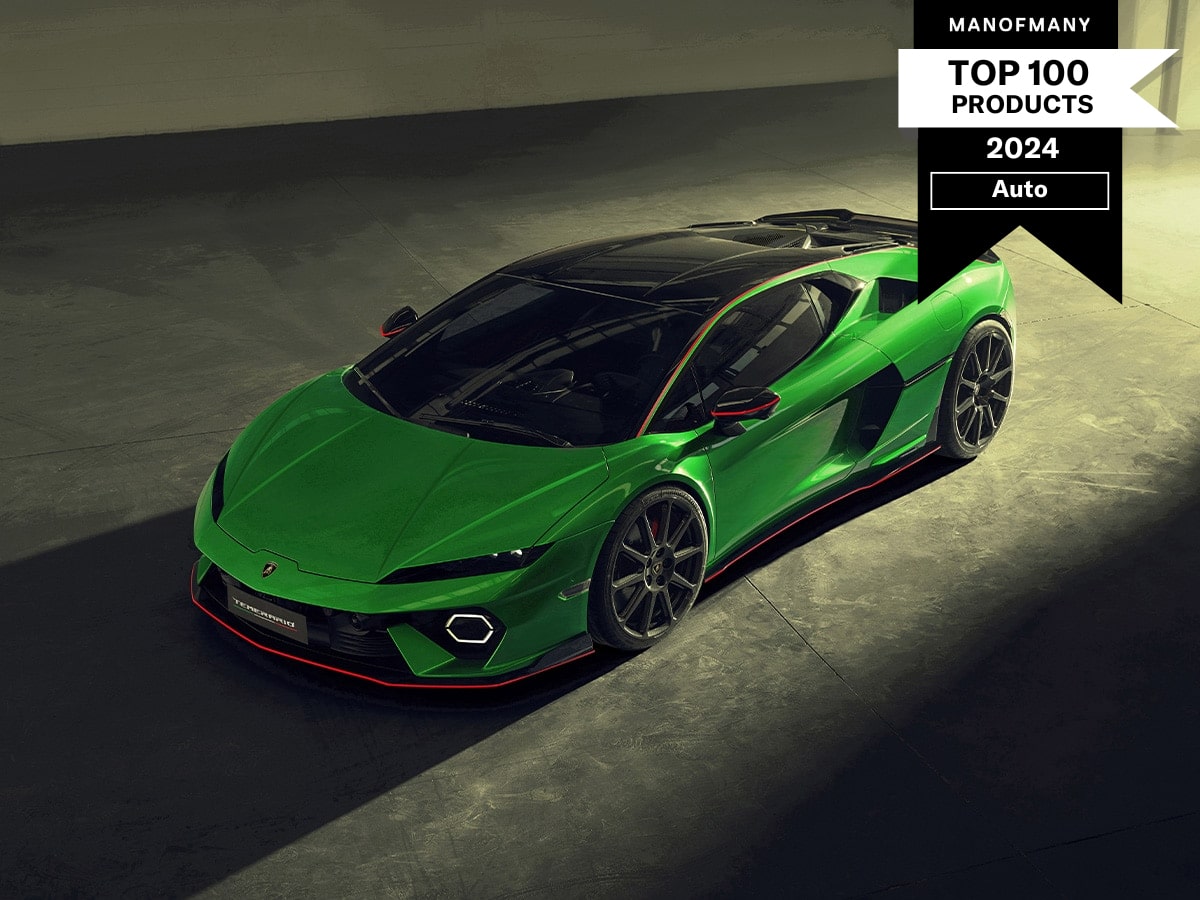
Best Hybrid – Lamborghini Temerario
Price: Starting from $613,885 AUD before on-road costs.
Lamborghini threw everything at the Temerario, and they had to because this Lamborghini Huracan successor had big shoes to fill. Gone is the V10, and now the smallest vehicle in Lamborghini’s line-up houses a 907HP 4.0-litre twin-turbo hybrid V8 with three-electric motors and a 10,000rpm redline. The result is a 0–100 km/h time of 2.7 seconds, but we suspect it might be quicker than that. It’s pegged against the outstanding Ferrari 296GTB, which uses a twin-turbo 3.0-litre V6 engine that produces 830CV (819HP) at 8,000 rpm and completes the 0-100km/h sprint in 2.9 seconds. Still, with a 1,690 kg dry weight and a cabin shared with the flagship Revuelto, it’s bound to be an outstanding vehicle once we’re finally allowed behind the wheel.
Here are the key specifications of the Lamborghini Temerario:
- Engine: 4.0-litre twin-turbocharged V8 with three electric motors, producing a combined 907 HP
- Torque: 730 Nm at 4,000–7,000 rpm
- Acceleration: 0–100 km/h in 2.7 seconds
- Top speed: Over 340 km/h
- Transmission: 8-speed automatic
- Weight: 1,690 kg (dry weight)
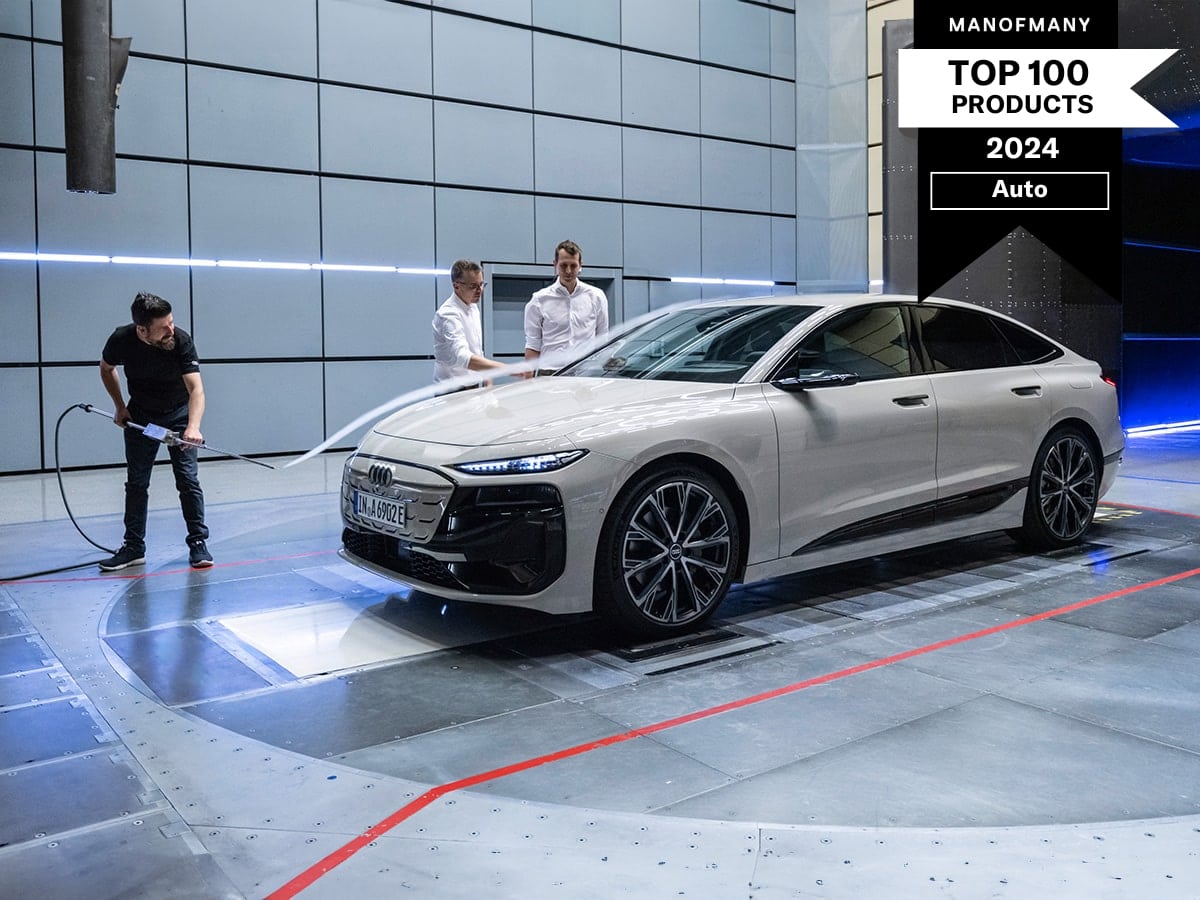
Best for Innovation – Audi A6 Sportback e-tron
Price: TBA, but expected to start around $140,000 AUD before on-road costs.
The Audi A6 Sportback e-tron impressed us when it announced that it could travel up to 750km on a single charge (WLTP) because, despite popular belief, we’ve seen very little innovation in the EV space since the Tesla Model S debuted in June 2012 with around 420km of range. Yes, EVs have become cheaper since, but the boundaries have hardly been pushed on production cars, and this range figure is still the norm today.
Engineers spent hours running simulations and real-world testing in the wind tunnel, and the result is an aerodynamic (and good-looking) vehicle that’s achieved 0.21 Cd after being subject to “over 1,300 simulations and countless hours in the wind tunnel.” For reference, the Mercedes-Benz EQS is the world’s most aerodynamic car with a drag coefficient of just 0.20 Cd, but it looks quite unfortunate and only manages a range of around 650km in EQS450+ spec.
Here are the key specifications of the Audi A6 Sportback e-tron:
- Power Output: Up to 280 kW (375 PS) in the Performance variant
- Torque: 565 Nm in the Performance variant
- Acceleration: 0–100 km/h in approximately 3.7 seconds for the S6 e-tron variant
- Top Speed: Not specified
- Transmission: Automatic
- Weight: Not specified
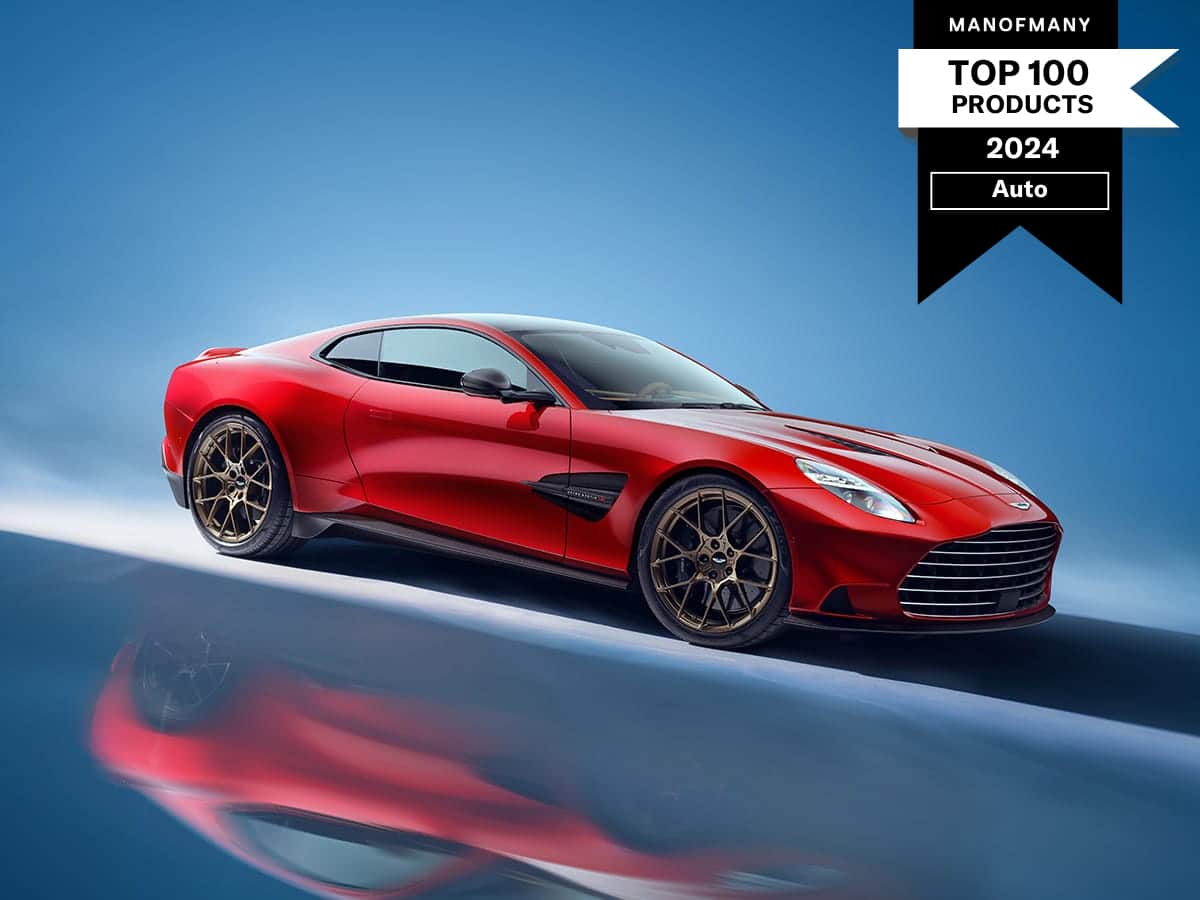
Best Limited Production – Aston Martin Vanquish
Price: Starting from $737,000 before on-road costs.
Ferrari struck first with the 12Cilindri, but Aston Martin might’ve taken the biggest swing with the gorgeous, 5.2-litre twin-turbocharged V12-powered Vanquish. It marks the return of the famous nameplate after several years, and it does so with a limited production of just 1,000 cars per year, priced from around $737,000 before on-road costs in Australia. Of course, that won’t stop customers from lining up around the block, and plenty more will be spent on Q by Aston Martin options. Under the skin, the Vanquish uses the best bits from the DB12, including the technology inside the cabin, but squeezes a twin-turbo V12 with 835 PS (614 kW) and 1,000Nm of torque into the engine bay. It’s a recipe for perfection.
Here are the key specifications of the Aston Martin Vanquish:
- Engine: 5.2-litre twin-turbocharged V12 producing 835 PS (614 kW) at 6,500 rpm
- Torque: 1,000 Nm at 2,500 rpm
- Acceleration: 0–100 km/h in 3.3 seconds
- Top speed: 344 km/h (214 mph)
- Transmission: Eight-speed torque converter automatic
- Weight (Kerb): 1,910kg
How We Curated This List
Man of Many’s automotive journalist, Ben McKimm, has driven more than one hundred cars this year and has curated this list of the best cars based on his personal experience. Except for those cars that have not yet landed on our shores here in Australia (it can take a while), he’s driven every car on this list. The driving experience, features, and technology have all been heavily weighted in his decision, and the price has only been factored in where relevant e.g. the value-for-money award. Of course, some of these cars are worth hundreds of thousands of dollars, but you can’t curate a list of “the best” if you’re at value for money. Where possible, he’s included a value alternative.
More Man of Many 100 Stories
Want to know what else made the Man of Many 100 list? Check out all of our coverage for this year, including developments in cars, fashion, tech, and alcohol.


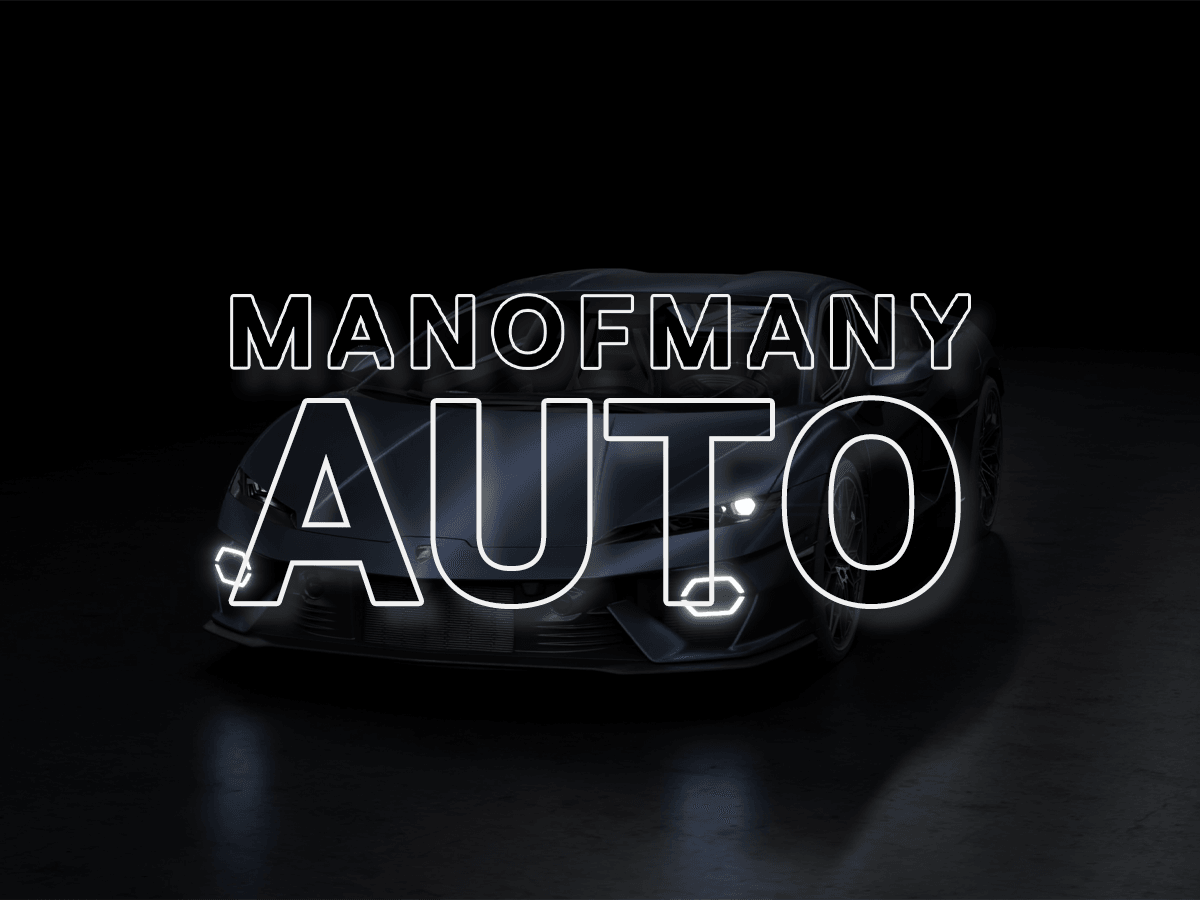

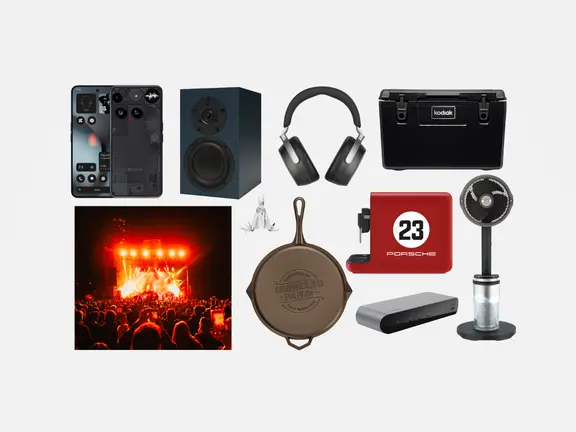



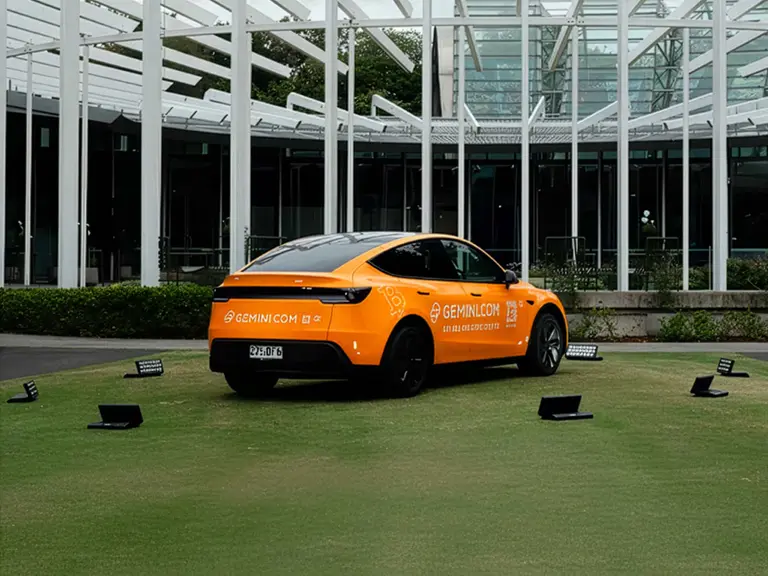


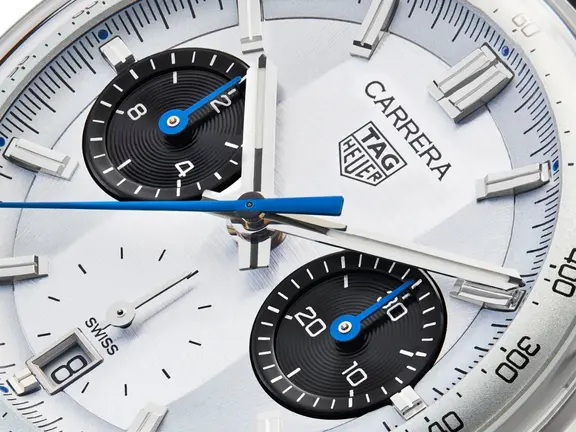



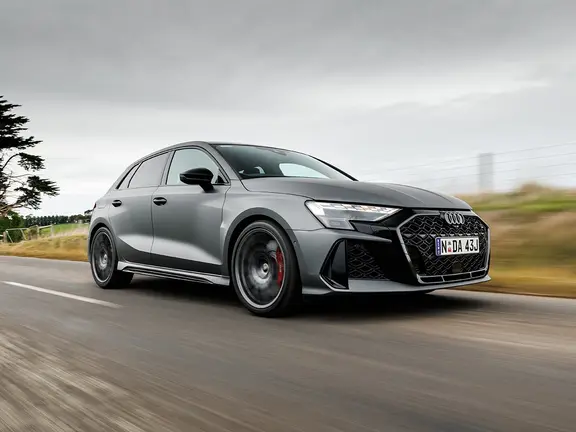

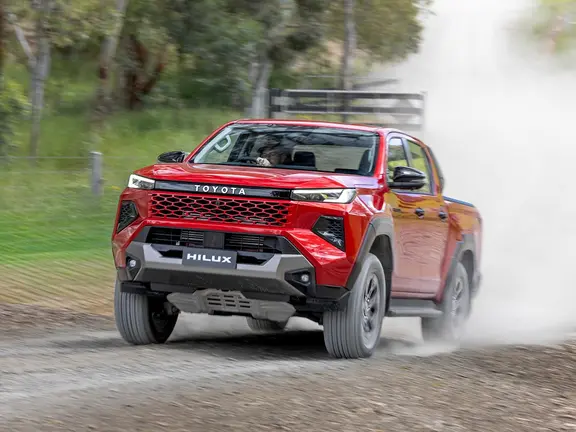




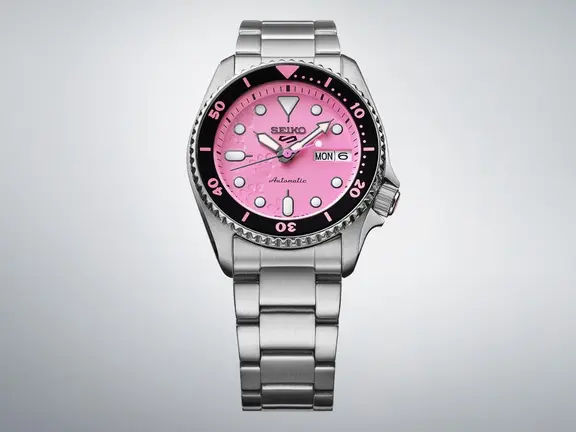









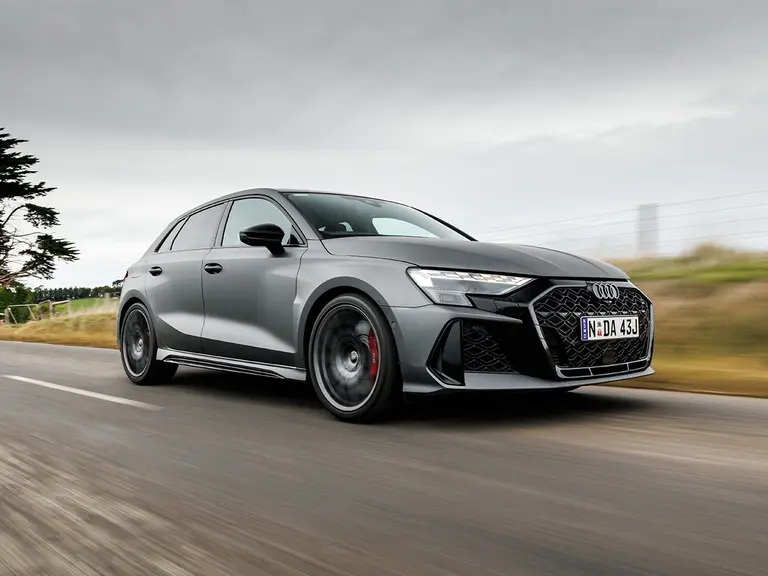
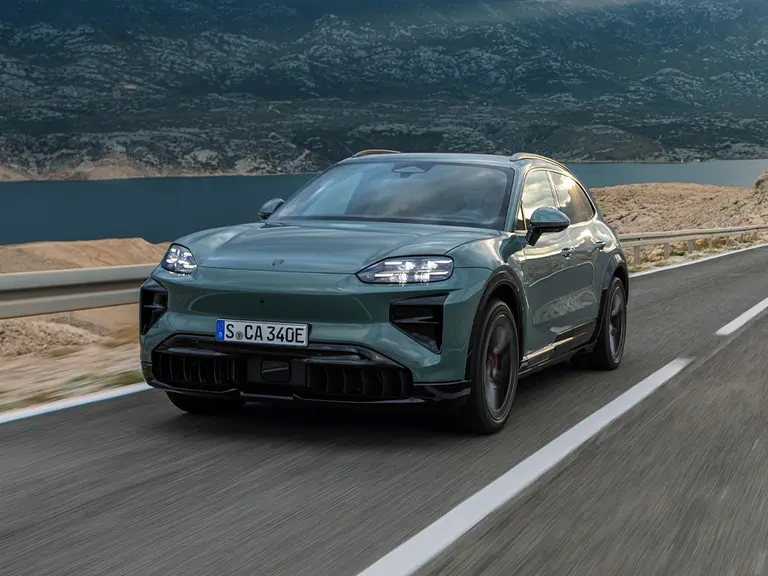
Comments
We love hearing from you. or to leave a comment.